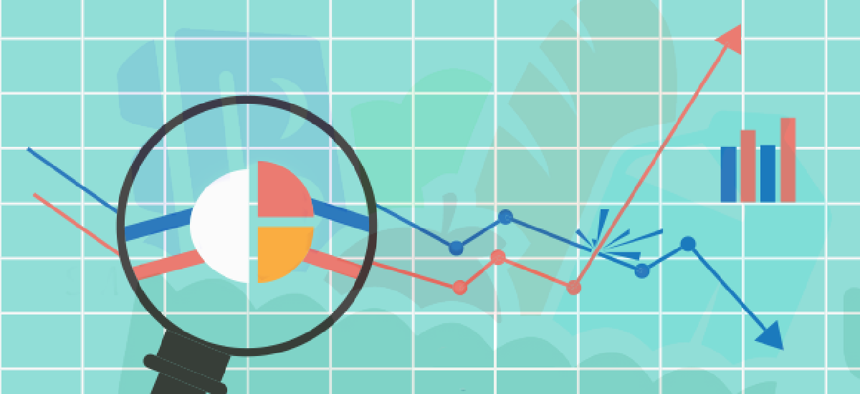Securing pandemic relief programs from fraud


Connecting state and local government leaders
Fraudulent and improper payments have soared during the pandemic, prompting agencies to investigate new and more sophisticated detection methods.
New government economic recovery programs jumpstarted during the COVID-19 pandemic also rapidly increased opportunities for fraud.
One reason is that to get benefits to people quickly, legislators eliminated the usual methods for confirming identities with employers before cutting checks, said Brian Grech, vice president of sales at Deep Labs, an AI platform company providing solutions for fraud.
Traditionally, when someone applies for unemployment insurance (UI), the providing agency confirms the layoff with an employer. In the rush to push out relief funds, the Coronavirus Aid, Relief, and Economic Security (CARES) Act and Paycheck Protection Program (PPP) instructed agencies to deliver stimulus payments to self-employed and contract workers who don’t have employers to confirm a layoff.
“That opened the floodgates to fraud,” Grech said. “The identity of who is applying for relief generally went from a relatively high bar to something less.”
An estimate from the Labor Department’s Office of the Inspector General found that between April 1 and Sept. 30, 2020, at least $36 billion of the $360 billion in unemployment benefits from the CARES Act was lost to improper payments, “with a significant portion attributable to fraud,” according to a semiannual report to Congress.
Last month, the Sarasota County, Fla., Sheriff’s Office accused eight people of submitting more than 100 applications for CARES Act funds on behalf of local businesses using fake bank statements and dubious tax documents. While the local business owners were unaware of the scheme, the scammers collected $319,000, and expected to pull in another $4 million in fraudulent payments before the scheme was uncovered.
The national UI program reported an improper payment rate of 9.17%, just within the Payment Integrity Information Act’s requirement that federal and state programs have rates of less than 10%, according to the Labor Department. Not all states were within the range, however; Michigan reported an improper payment rate of 35.38%.
Several factors are at play, Grech said: “It’s a function of the urgency to deliver aid. It’s a function of the sheer volume – just more dollars. The critical third one is novelty: New programs delivered in new ways. Agencies are being asked to do things they’ve never done before, and that, in my experience, is where the problems arise.”
Applications for funding from CARES and PPP have end dates -- Dec. 31 and May 31, respectively -- and fraud related to those may decrease as a result. But Grech said he is reluctant to call them temporary problems and, in fact, expects much of the spending to become what he calls persistent. “A lot of it will go on longer than people think because there are going to be a lot of patches of the economy that still need help,” such as the health care sector and public schools as they return to full-time instruction.
To discover the fraud in these new payment processes, agencies need new detection methods, he said. Deep Labs’ approach combines its persona-based intelligence with Snowflake’s data cloud and uses algorithms to detect fraud, rather than the rules-based analysis agencies typically use.
The latter couldn’t keep up with the changes of the past 18 months, Grech said. For instance, current analytics might automatically flag as fraud a transaction that is 10 times someone’s average spend, but the average spend in 2019 looked very different from that of 2020. If a teacher with a school purchasing card bought 25 laptops in 2019, that was almost certainly fraudulent, he said, but in 2020, that kind of purchase made sense.
Deep Labs’ models and tools use AI to detect fraudulent activity in large datasets by creating personas that can distinguish between legitimate payment activity and anomalous behavior, according to a May 11 blog post about the partnership.
“Rather than looking at backwards at things that were known to be fraud, we look at what the spend patterns are in real time and we can identify what’s anomalous now and how that’s different from what was anomalous two weeks ago or last year,” Grech said.
The companies work with an agency to determine what problem needs solving; what data is available, such as claims, spend, or provider or claimant in question; and what personas are typical. Deep Labs adds in its own and public data to analyze information such as if purchases are happening in the right ZIP codes or whether medical procedures make sense given the patient’s age and gender.
Results can be flagged on a file of payments to be made or already made, and the technology can assign scores rating the likelihood of fraud.
“We want federal spending to be effective, and we want it to happen in a way that doesn’t erode public trust,” Grech said.




